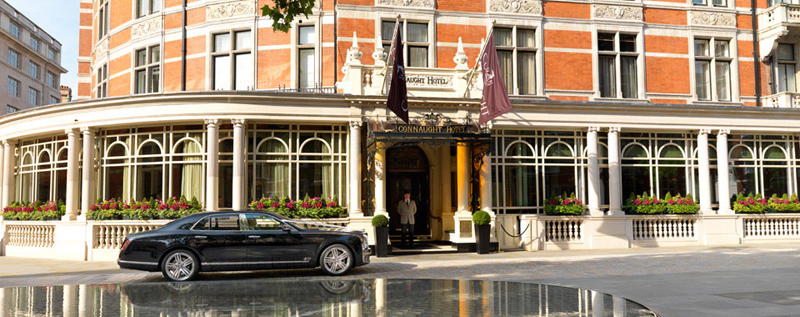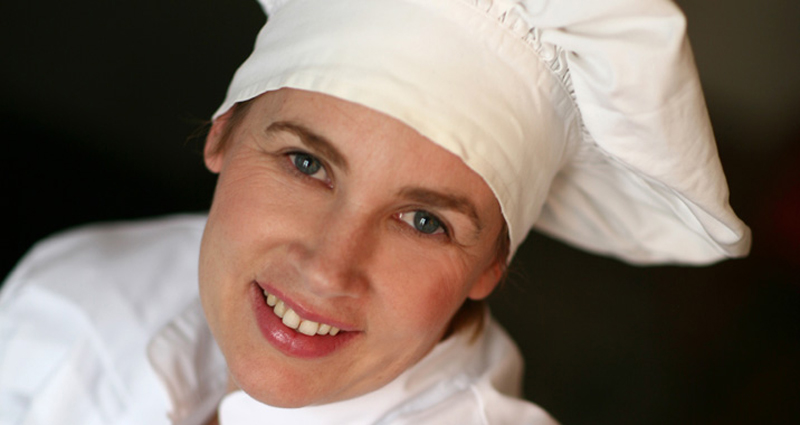
Fashionable Stockbridge, the Hampstead village of Edinburgh, presents an embarrassment of choice to discerning foodies. Purslane in St Stephen’s Street – no relation to its namesake in Cheltenham – is foremost amongst restaurants offering fine dining menus.
The cramped basement dining room has a maximum of 28 covers. The low ceiling, wooden floor, rustic décor – planks line one of the walls – and closely spaced, undressed tables all serve to concentrate the mind on the food.
This emerges from the even smaller kitchen, staffed by a brigade of up to five, led by chef patron Paul Dunning. With an impressive CV, including experience in the kitchens of Marco Pierre White, Jeff Bland, Phil Thompson and Jean Michel Gauffre, Paul’s cuisine blends classical skills with more contemporary influences. Menus are seasonal, with 80% of ingredients sourced from local Stockbridge suppliers. Dishes are harmoniously composed, accurately timed, balanced in taste and texture, and cleanly presented. Generosity is reflected in the large portions, the select wine list which avoids greedy mark ups, and the attractive pricing, ranging from £17.95 for a three course lunch to £55 for a seven course tasting menu.
I opted for latter, keen to sample a range of dishes taken from the full carte in smaller portions.
An amuse bouche of smooth, light butternut squash veloute spiked with wild garlic oil served its purpose in enlivening the palate without stealing the thunder of the courses to come.

A trio of wonderfully fresh scallops were seared to produce caramelised crusts and soft, succulent flesh. The bitter sweet notes of orange marmalade served to emphasise the inherent sweetness of the seafood without overpowering it. Dots of carrot puree added colour whilst basil leaves gave a pleasing herbal fragrance to balance the sweetness of the seafood.
Duck two ways partnered slices of pink, soft breast meat perched on creamed cabbage with a dainty pithivier of its confit leg. Cubes of red wine poached pear cut the richness of the other elements. Here was another labour intensive, well balanced dish which allowed the separate flavours to sing.
Accurate timing of a fillet of sea bream, with its crisp skin and luscious, white flesh did full justice to the inherent qualities of this popular fish. Well-seasoned crushed potatoes and steamed kale added contrasting earthy notes, whilst the whole dish was bought together by a rich mussel and saffron veloute.
Next came rump of lamb, cooked medium rare to maximise the flavour and melting texture of this underrated cut. Boulanger potatoes were presented in a novel but satisfying croquette form. Steamed broccoli and artichoke, braised and pureed, added colour, flavour and texture and an intense olive puree lifted the whole dish.
An optional cheese course – a snip at a mere £5 supplement – comprised five varieties of British and French cheeses, soft and hard, mild and strong, the best being Fourme d’Ambert and Epoisses
A beautifully presented pre dessert, the size of a full dessert, saw a delicate vanilla pannacotta layered with rhubarb jelly and served with a quenelle of ice cream.
Finally a demoulded vanilla creme brulee with orange sorbet and fresh segments provided a rich yet refreshing finish to a highly satisfying meal.
The cooking at Purslane showed strengths in all departments, delighting a packed room of diners. This was enhanced by the seamless service, overseen by the engaging restaurant manager Alex, who, one assistant down on the night I visited, served all the tables with efficiency and good humour.
For over five years, Purslane has maintained its leading position in a highly competitive field. Its understated frontage – the signpost leading to its basement location is easily missed – and uninspiring décor need not detract from the stellar quality cooking, the welcoming, efficient service, and relaxed atmosphere. Fine Dining Guide will return to Purslane to sample other dishes from the carte and will monitor its progress with interest.













